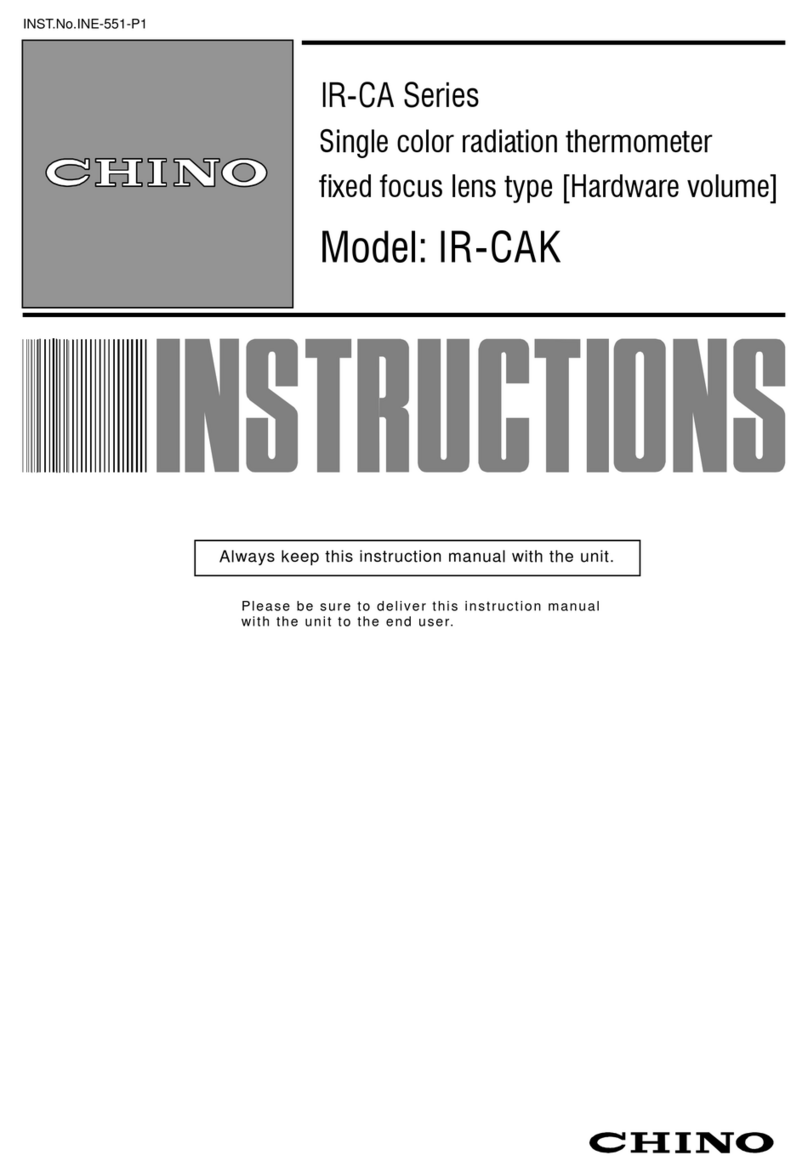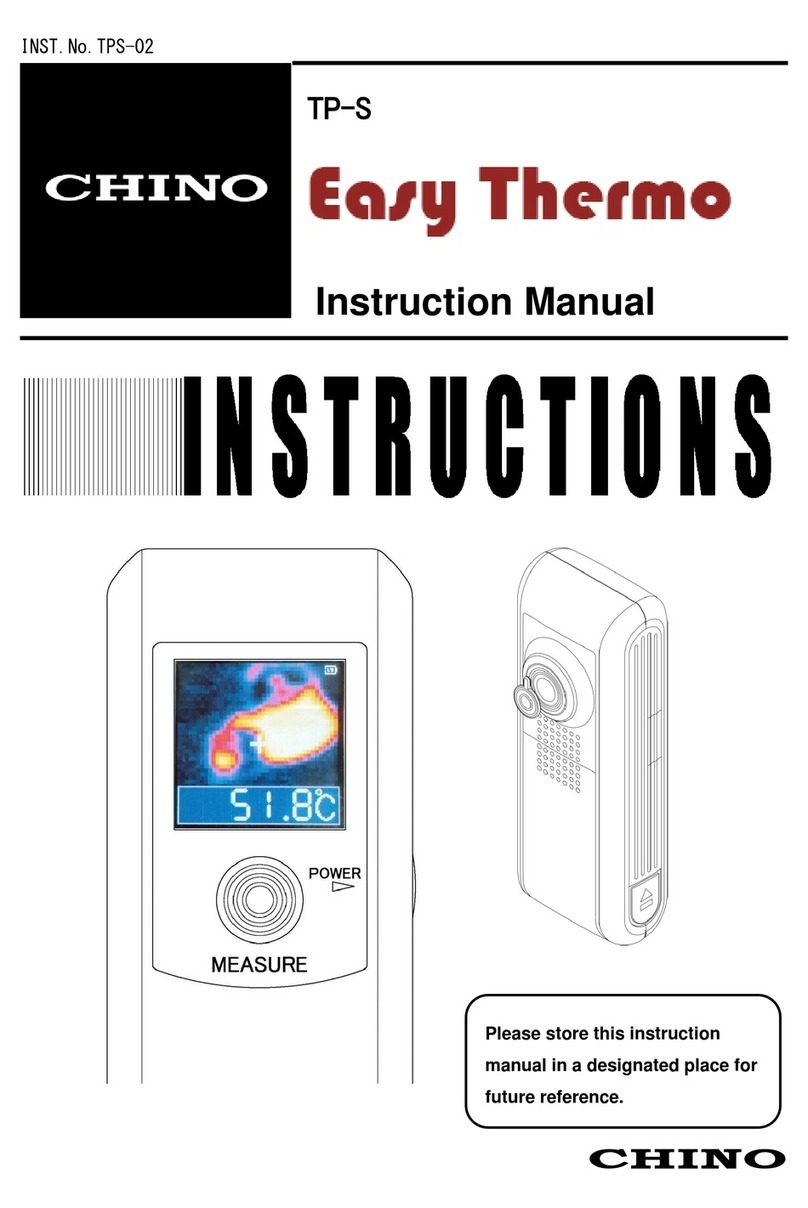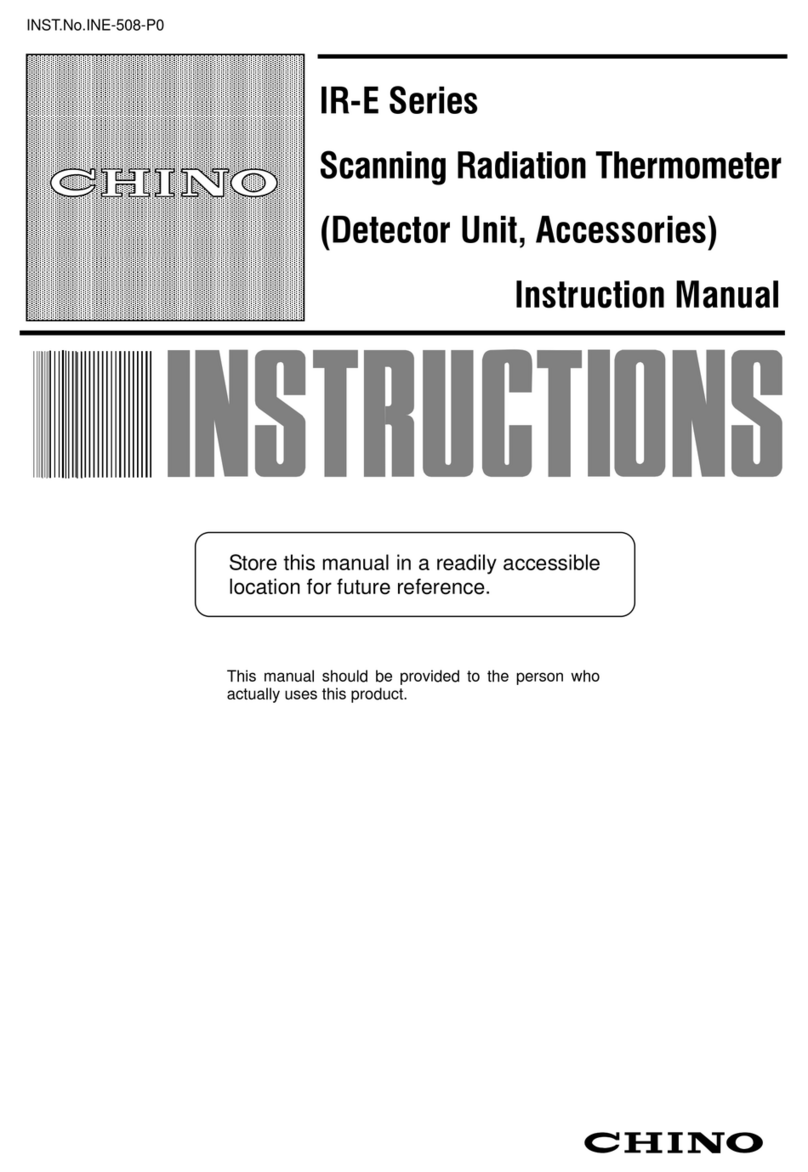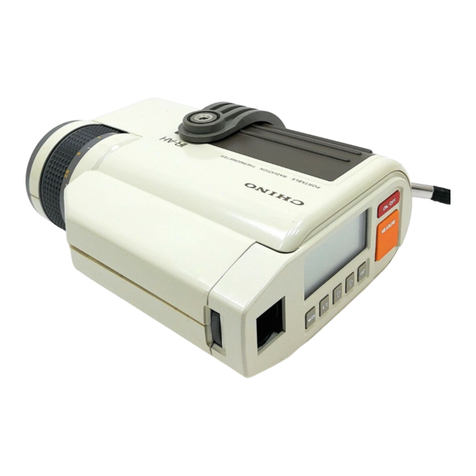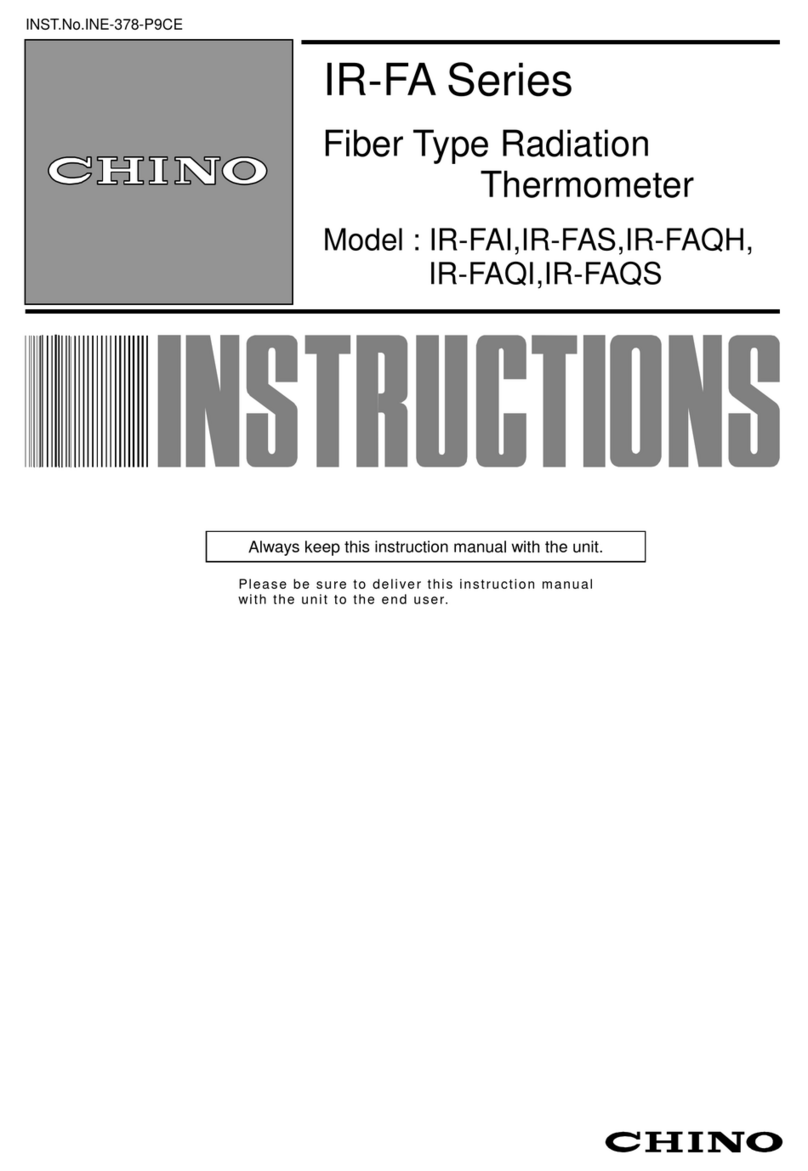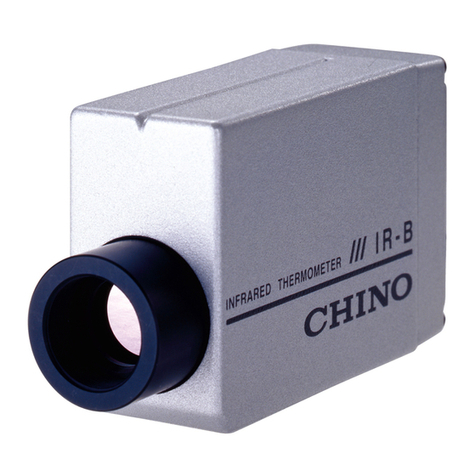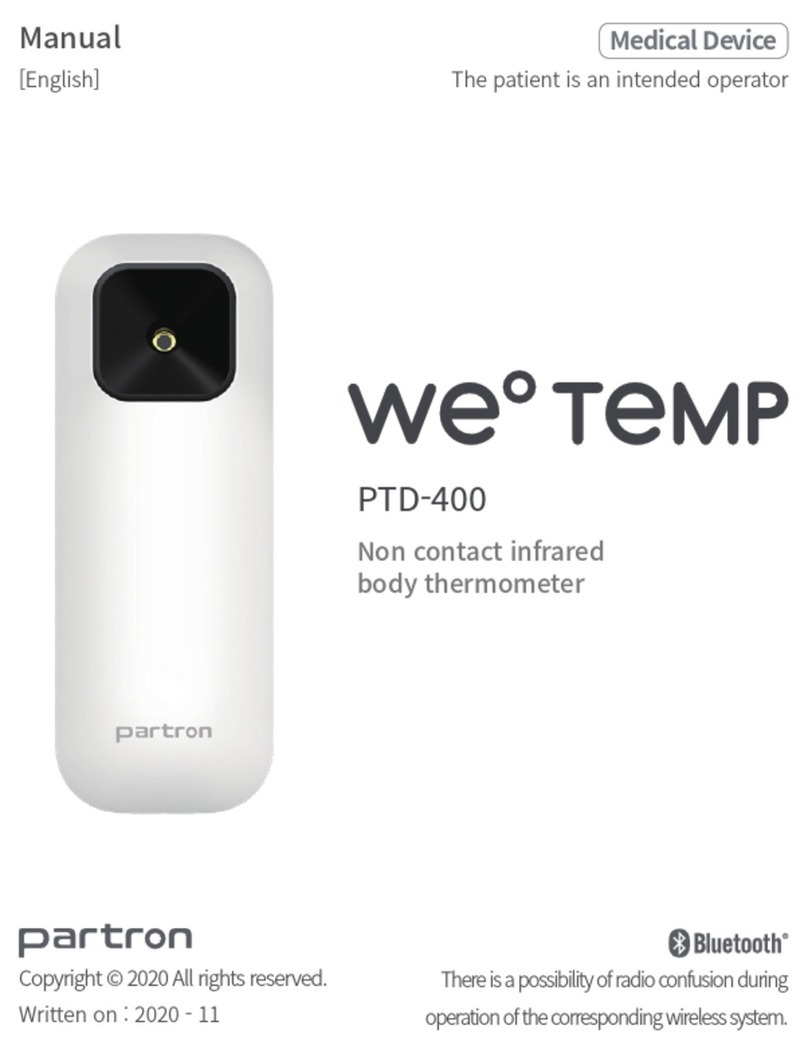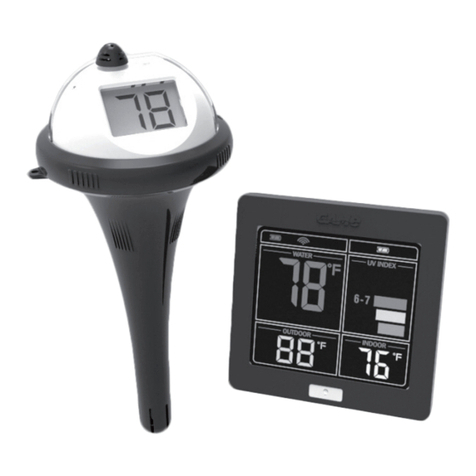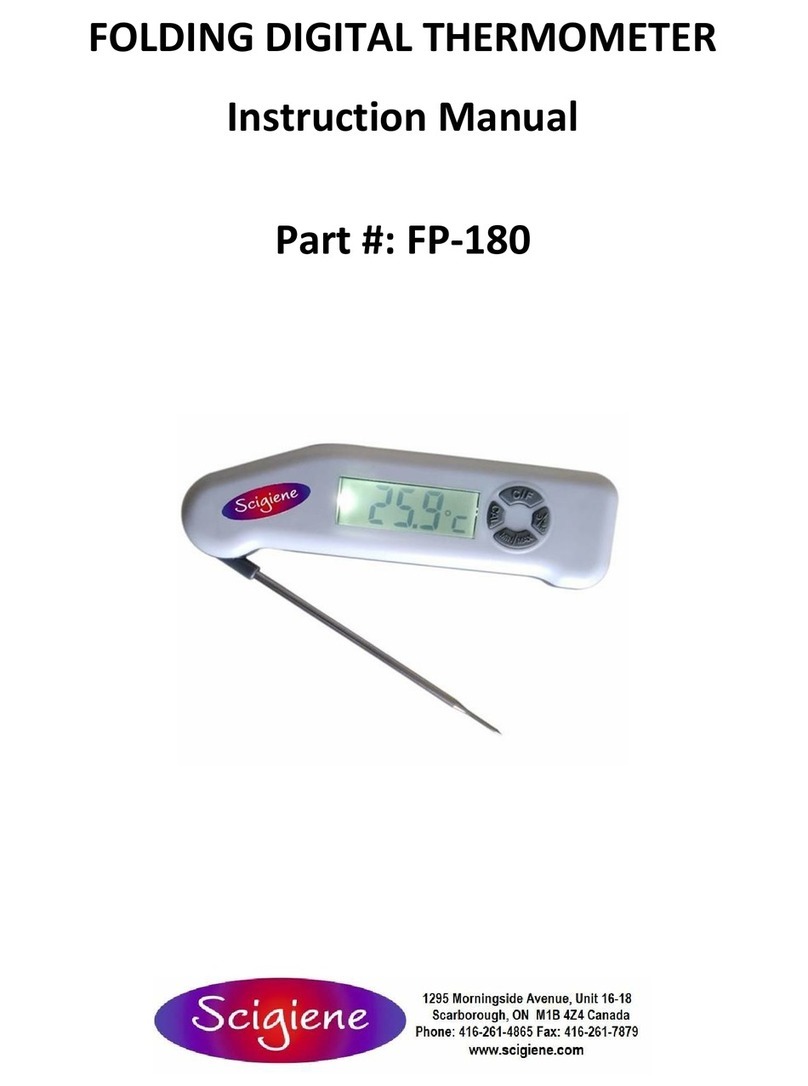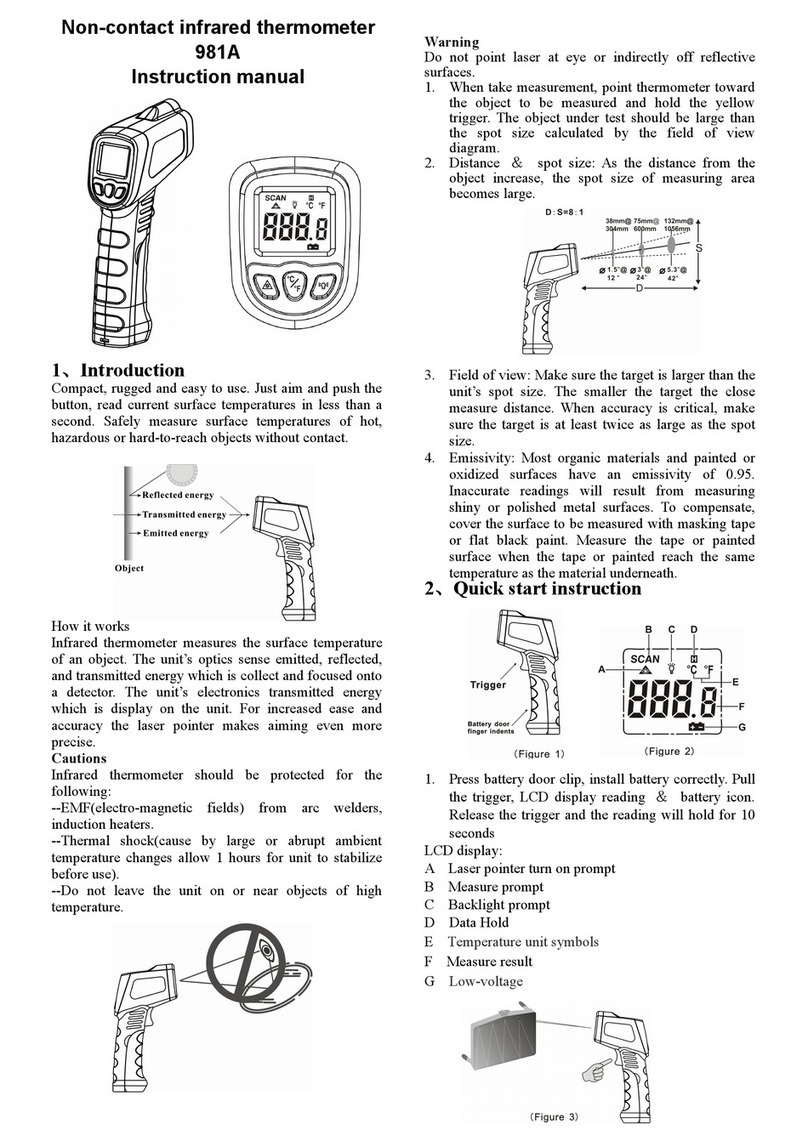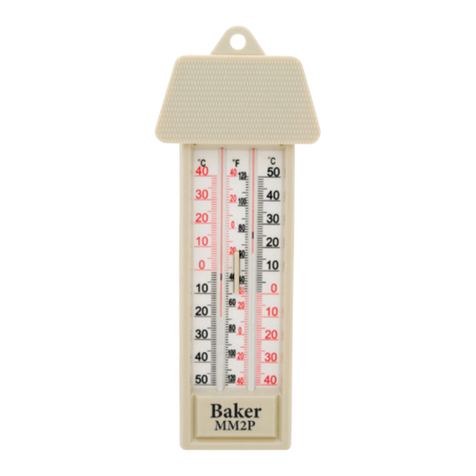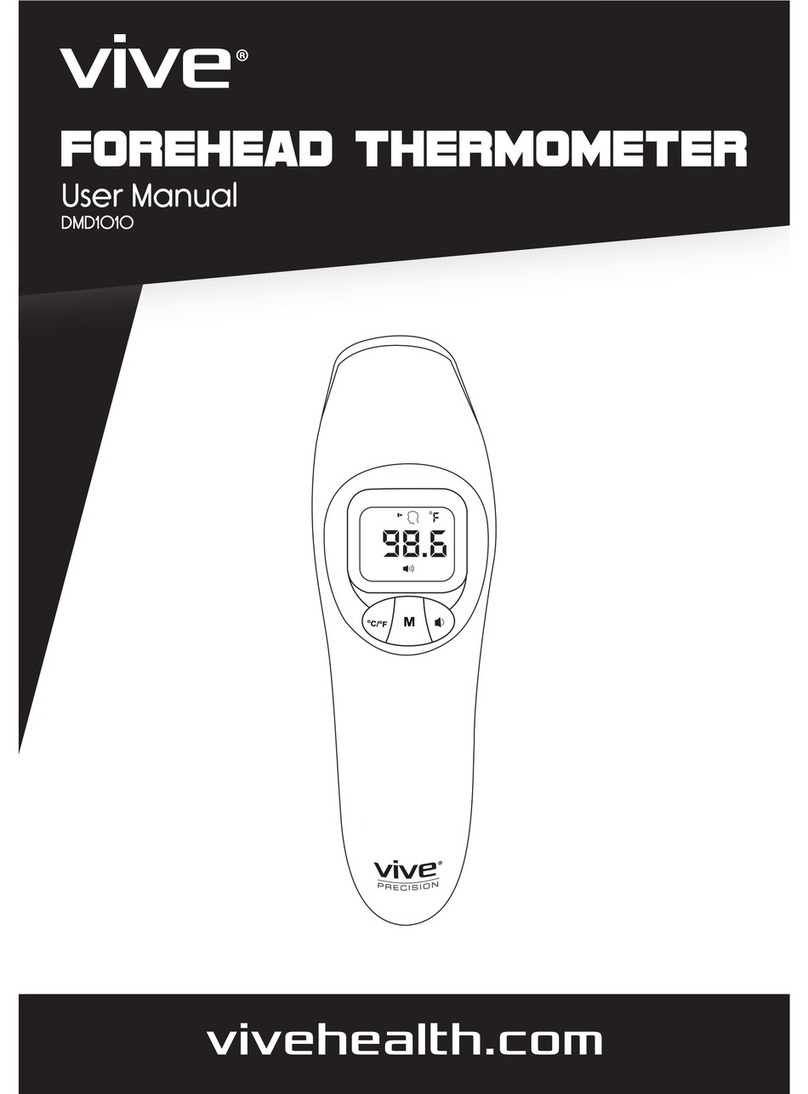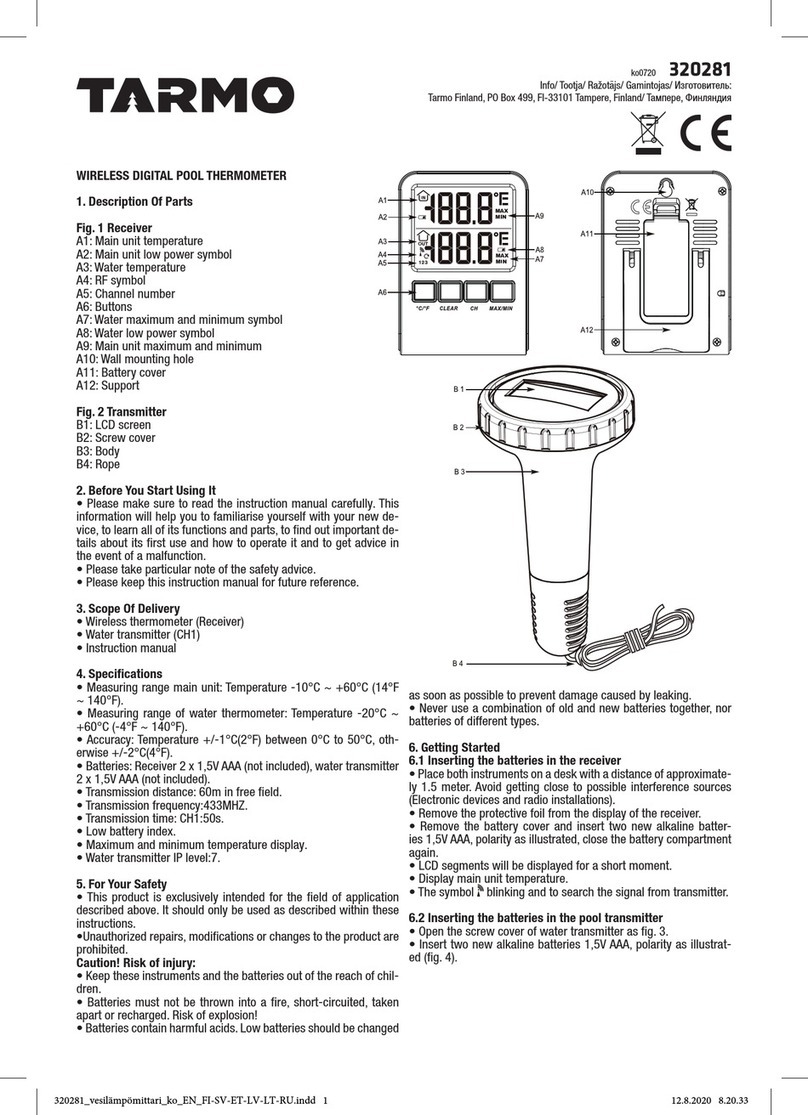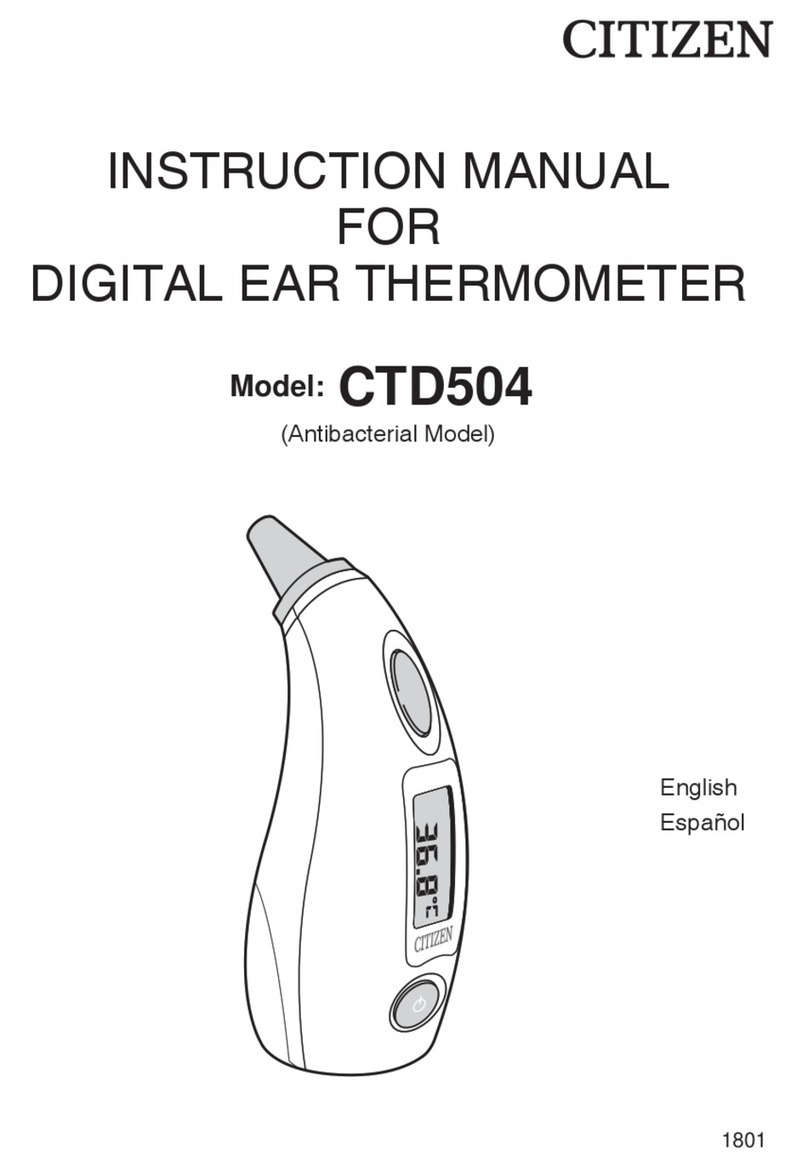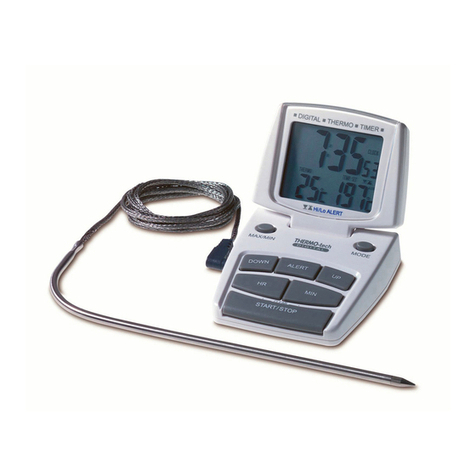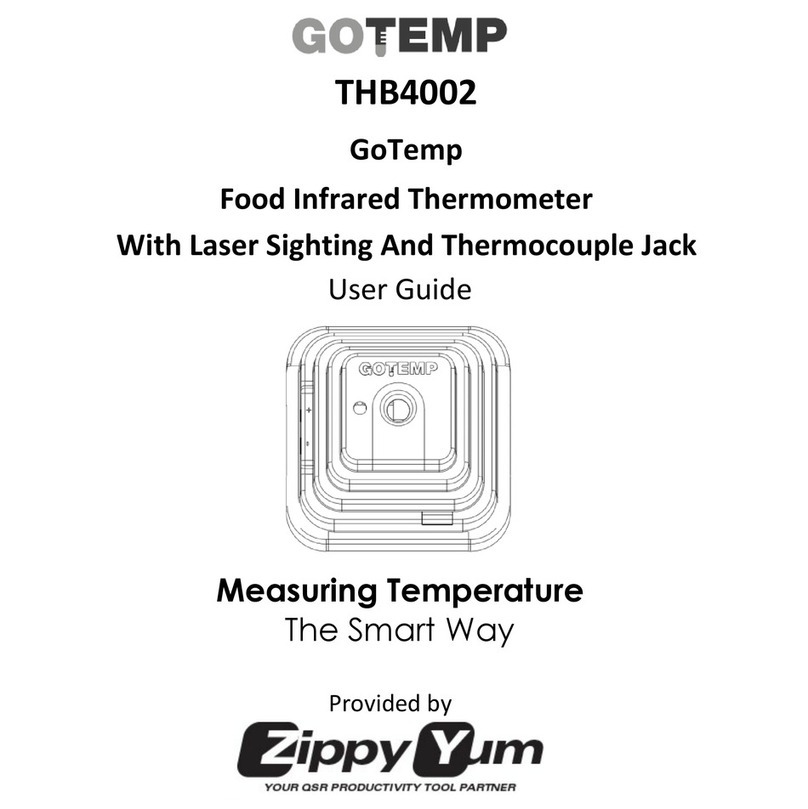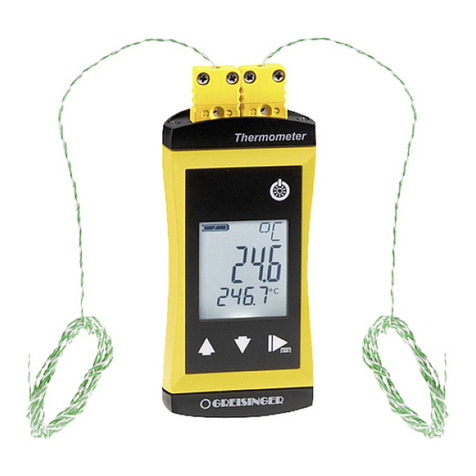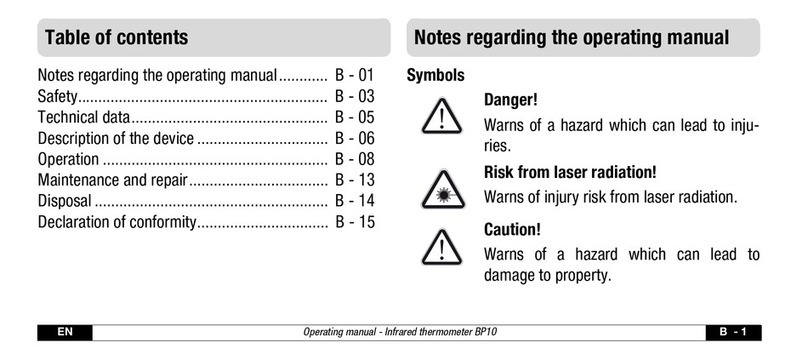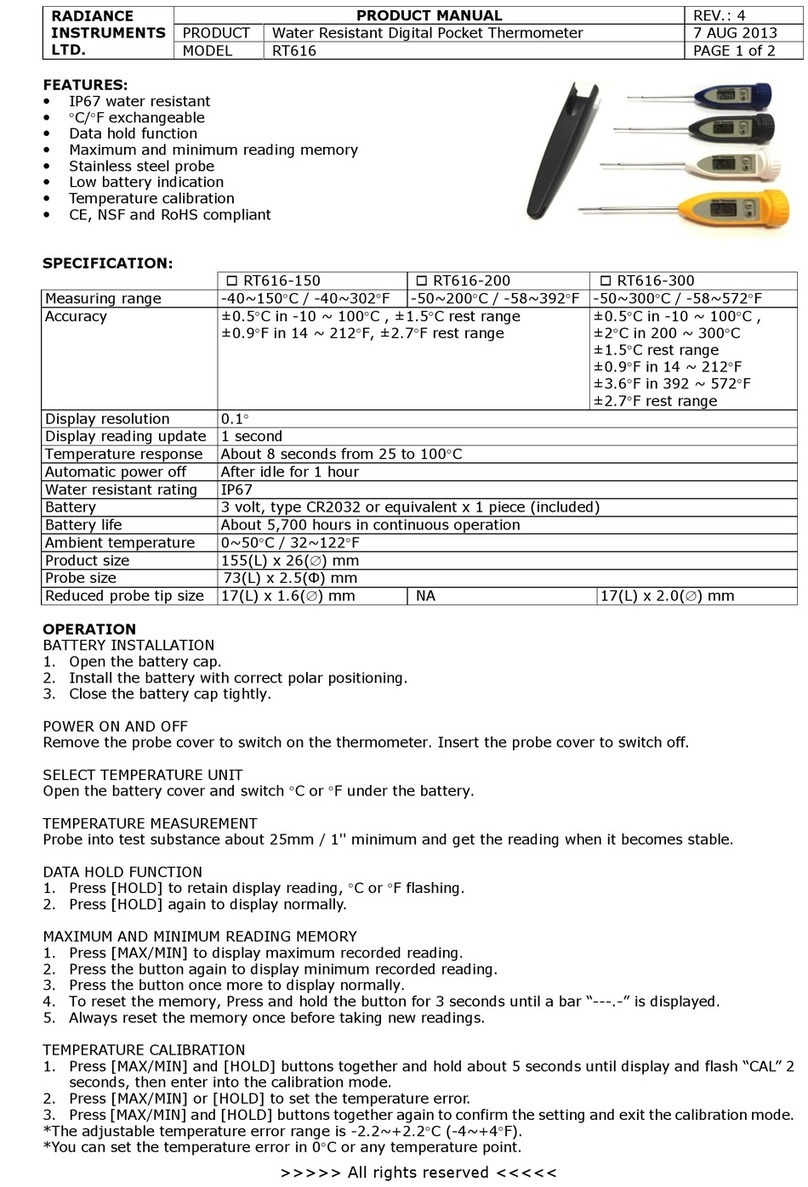
INST No.INE-377-0P6CE Ver. 2.0
-C 4-
CONTENTS
1. INTRODUCTION ............................................................................................................................1
1.1 GENERAL....................................................................................................................................1
1.2 CONFIGURATION ........................................................................................................................1
2. MODELAND ACCESSORIES.......................................................................................................1
2.1 MODEL .......................................................................................................................................1
2.2 ACCESSORIES .............................................................................................................................1
3. NAMES AND FUNCTIONS OF COMPONENT PARTS.............................................................2
3.1 VIEWS.........................................................................................................................................2
3.1.1 Front and both-side panels...........................................................................................2
3.1.2 Connector cover inside..................................................................................................2
3.1.3 Functions........................................................................................................................2
3.1.4 External display.............................................................................................................3
3.1.5 Viewfinder ......................................................................................................................3
3.1.6 Functions of keys ...........................................................................................................3
3.1.7 Markers..........................................................................................................................3
4. PREPARATION FOR MEASUREMENT .....................................................................................4
4.1 LOADING BATTERIES..................................................................................................................4
4.2 DISTANCE AND DIAMETER..........................................................................................................4
5. MEASURING....................................................................................................................................6
5.1 STANDARD MEASUREMENT MODE..............................................................................................6
5.2 CONTINUOUS MEASUREMENT MODE .........................................................................................7
5.2.1 Start of continuous measurement.................................................................................7
5.2.2 Cancellation of continuous measurement....................................................................7
5.3 CAUTION ON MEASUREMENT .............................................................................................8
5.4 EMISSIVITY PROGRAMMING ......................................................................................................8
5.5 EMISSIVITY PROGRAMMING BY THERMOCOUPLE.....................................................................9
5.6 PARAMETERS SELECTION.........................................................................................................10
5.6.1 Signal modulation mode selection.............................................................................. 11
5.6.2 Memory mode selection............................................................................................... 11
5.6.3 Communications mode selection ................................................................................12
5.6.4 Temperature unit selection..........................................................................................12
5.6.5 Thermocouple measurement selection.......................................................................13
5.6.6 2-color type/single color wide range type selection...................................................13
5.7 PARAMETERS PROGRAMMING .................................................................................................14
5.7.1 Low alarm setpoint programming.............................................................................14
5.7.2 High alarm setpoint programming............................................................................15
5.7.3 Modulation ratio selection..........................................................................................15
5.7.3 1) Modulation time constant selection (for dLEy selected)......................................16
5.7.3 2) Damping degree selection (for PEAk selected).....................................................16
5.7.4 Interval time programming for automatic data storage..........................................16
6. TEMPERATURE DATA STORAGE............................................................................................17
6.1 MANUAL DATA STORAGE MODE................................................................................................17
6.2AUTOMATIC DATA STORAGE MODE ..........................................................................................19
Software Ver. 2.0
